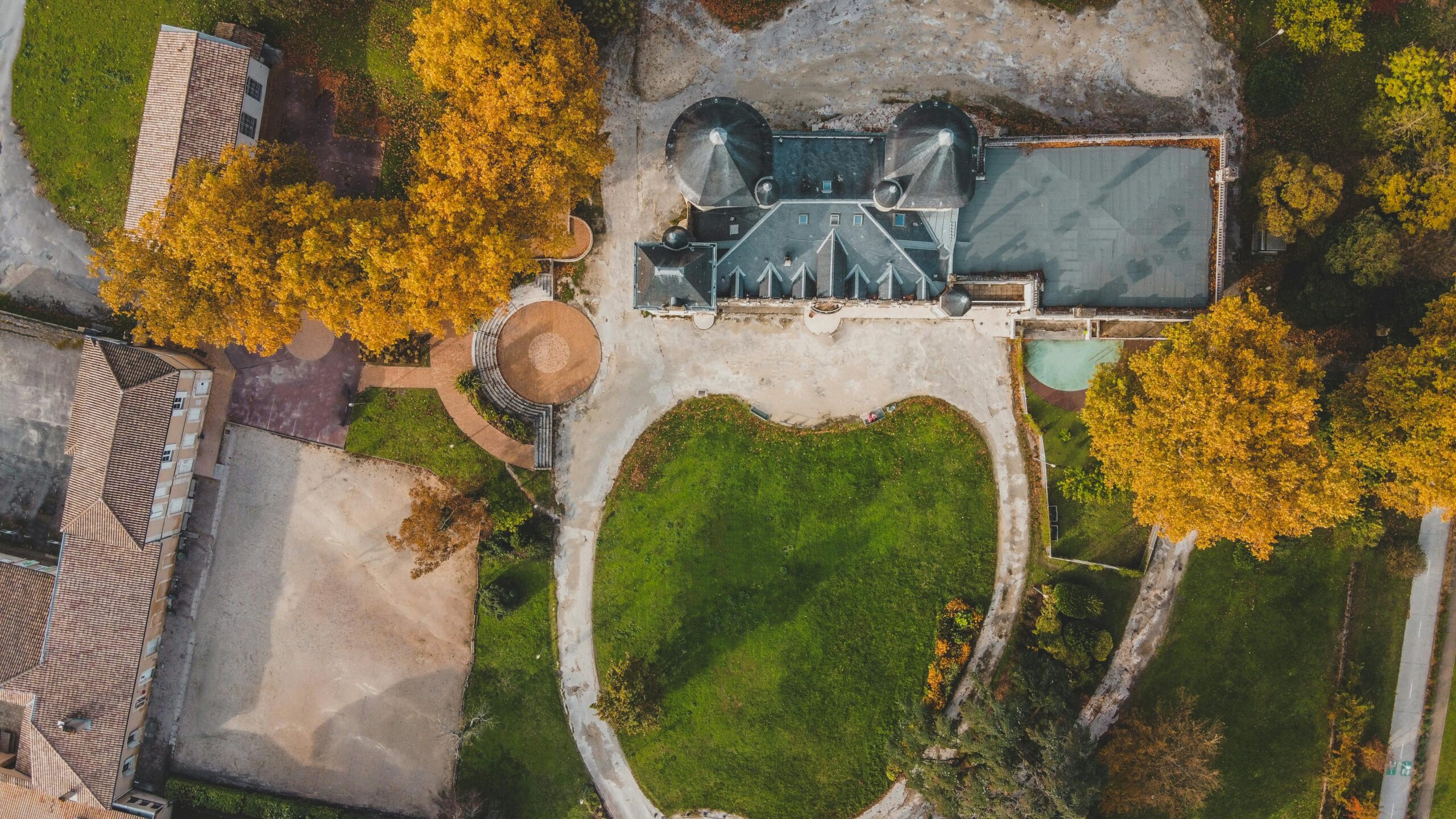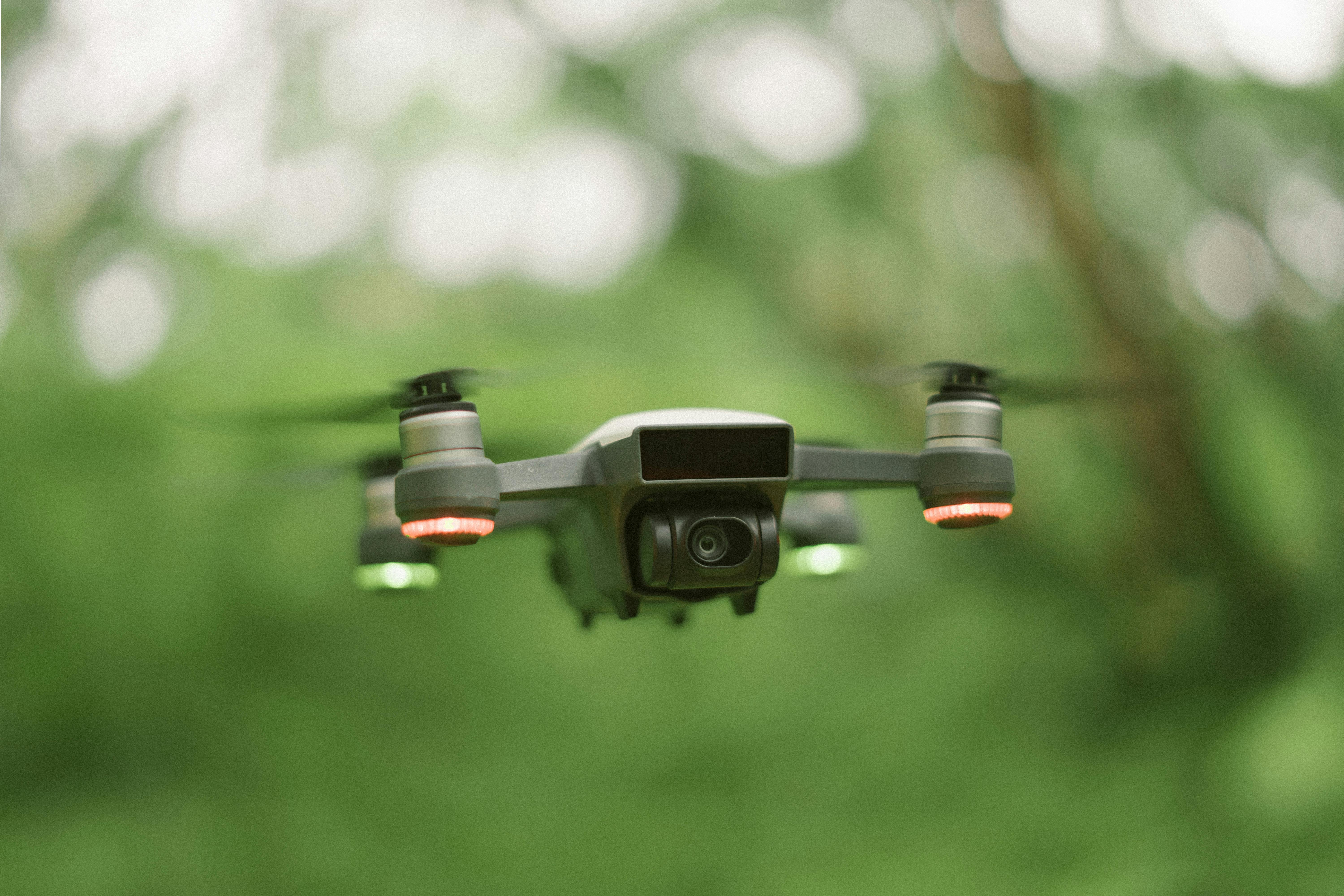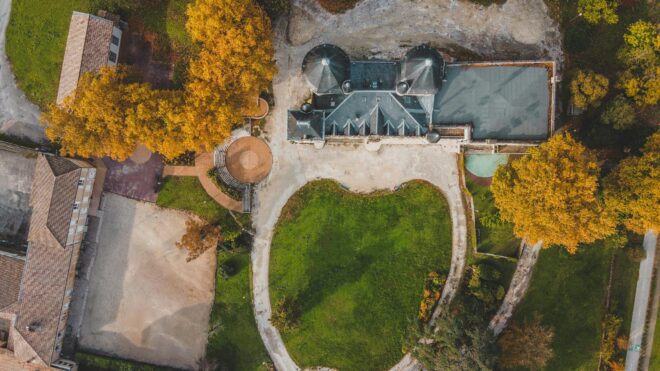How Do I Safely Practice Flying A Drone?
Introduction
So, you’ve just gotten your hands on a shiny new drone and you’re excited to take it for a spin. But before you start zipping around the skies, it’s crucial to understand how to safely practice flying a drone. Flying a drone can be a thrilling experience, but it also comes with a set of responsibilities to ensure the safety of yourself and others. Whether you’re a beginner or an experienced pilot, this guide will provide you with essential tips and techniques to practice flying your drone safely.
Understand the Regulations
Before you take your drone out for a flight, it’s crucial to understand the regulations set forth by the Federal Aviation Administration (FAA) in the United States. These regulations are in place to ensure the safety of both manned and unmanned aircraft in the skies. Some key regulations include:
- Registering your drone with the FAA if it weighs between 0.55 and 55 pounds.
- Keeping your drone within your line of sight at all times.
- Avoiding flying near airports or restricted areas.
- Complying with any temporary flight restrictions in your area.
Understanding and following these regulations will not only keep you out of legal trouble but also help you practice drone flying safely.

This image is property of images.pexels.com.
Find a Suitable Location
Choosing the right location for drone practice is essential to avoid potential hazards and ensure a successful flight. Look for an open space with minimal obstacles such as trees, buildings, or power lines. A large field or park with ample space is an ideal location for beginners to practice flying their drone. Make sure the location is free from people or any other obstructions that could interfere with your flight.
Pre-flight Checklist
Before you take off, it’s essential to perform a pre-flight checklist to ensure that your drone is in optimal condition and ready for flight. Here are some key items to check before every flight:
- Battery: Ensure that the battery is fully charged and securely attached to the drone.
- Propellers: Check the propellers for any damage or wear and tear.
- Motors: Inspect the motors for any debris or damage that could affect performance.
- Calibration: Calibrate your drone’s compass and IMU (Inertial Measurement Unit) if needed.
- GPS Signal: Ensure that your drone has a strong GPS signal for stable flight.
- Controller: Check the battery level of your controller and ensure that it’s connected to the drone.
By performing a thorough pre-flight checklist, you can minimize the risk of unexpected issues during your flight.

This image is property of images.pexels.com.
Practice Basic Maneuvers
Now that you’ve found a suitable location and completed your pre-flight checklist, it’s time to start practicing some basic maneuvers with your drone. Start by familiarizing yourself with the controls and how they affect the drone’s movement. Practice simple movements such as ascending, descending, hovering, and turning left and right. Once you feel comfortable with these basic maneuvers, you can move on to more advanced techniques like flying in a figure-eight pattern or performing flips and rolls.
Fly Low and Slow
When you’re first starting out, it’s best to fly your drone low to the ground and at a slow speed to avoid accidents and collisions. Flying low and slow allows you to practice your control skills and reaction time without the risk of crashing your drone from a great height. As you gain more experience and confidence, you can gradually increase the altitude and speed of your flights.

This image is property of images.pexels.com.
Maintain Line of Sight
One of the most important rules of drone flying is to maintain visual line of sight with your aircraft at all times. This means keeping your drone within your field of vision and avoiding flying too far away where you can’t see it clearly. Maintaining line of sight is crucial for avoiding collisions with other objects or aircraft and ensuring that you can safely bring your drone back to the ground in case of an emergency.
Understand Return-to-Home (RTH) Feature
Many drones come equipped with a Return-to-Home (RTH) feature that automatically brings the drone back to its takeoff point if it loses connection with the controller or runs low on battery. It’s essential to understand how the RTH feature works and under what circumstances it will activate. Familiarize yourself with the RTH procedure and practice initiating it in a controlled environment to ensure that it functions correctly when needed.
Fly in Ideal Weather Conditions
Weather conditions can have a significant impact on your drone’s performance and safety during flight. Avoid flying your drone in adverse weather conditions such as strong winds, rain, snow, or fog, as these conditions can affect your drone’s stability and control. Ideally, you should practice flying in clear skies with calm winds to minimize the risk of accidents and ensure a smooth flight experience.
Practice Emergency Procedures
It’s essential to be prepared for unexpected situations that may arise during your drone flight. Practice emergency procedures such as landing your drone safely in case of a battery failure or loss of control. Familiarize yourself with the emergency shutdown procedures for your specific drone model and practice executing them to prevent accidents or damage to your aircraft.
Maintain a Safe Distance
When flying your drone, it’s essential to maintain a safe distance from people, animals, and property to prevent accidents and injuries. Avoid flying your drone near crowded areas or over private property without permission. Respect the privacy and safety of others by maintaining a safe distance and flying responsibly.
Learn from Mistakes
Nobody becomes an expert drone pilot overnight, and it’s normal to make mistakes when practicing flying a drone. Learn from your mistakes and use them as opportunities for improvement. Analyze what went wrong during a flight and identify ways to prevent similar mistakes in the future. By recognizing and learning from your mistakes, you can become a safer and more skilled drone pilot.
Join a Drone Community
One of the best ways to enhance your drone flying skills and knowledge is by joining a drone community or club. Connect with other drone enthusiasts who can provide valuable tips, advice, and support as you practice flying your drone. Many drone communities also organize meetups, events, and competitions where you can showcase your skills and learn from experienced pilots. By joining a drone community, you can expand your network, gain new insights, and become a better drone pilot.
Conclusion
Practicing flying a drone safely requires a combination of knowledge, skills, and experience. By understanding the regulations, choosing the right location, performing a pre-flight checklist, and practicing basic maneuvers, you can enhance your drone flying abilities and enjoy a safe and rewarding flight experience. Remember to fly responsibly, respect the rules of the sky, and always prioritize safety above all else. With practice and patience, you can become a proficient drone pilot and take your aerial adventures to new heights. Happy flying!

